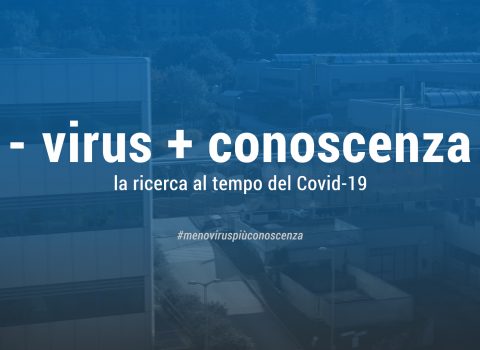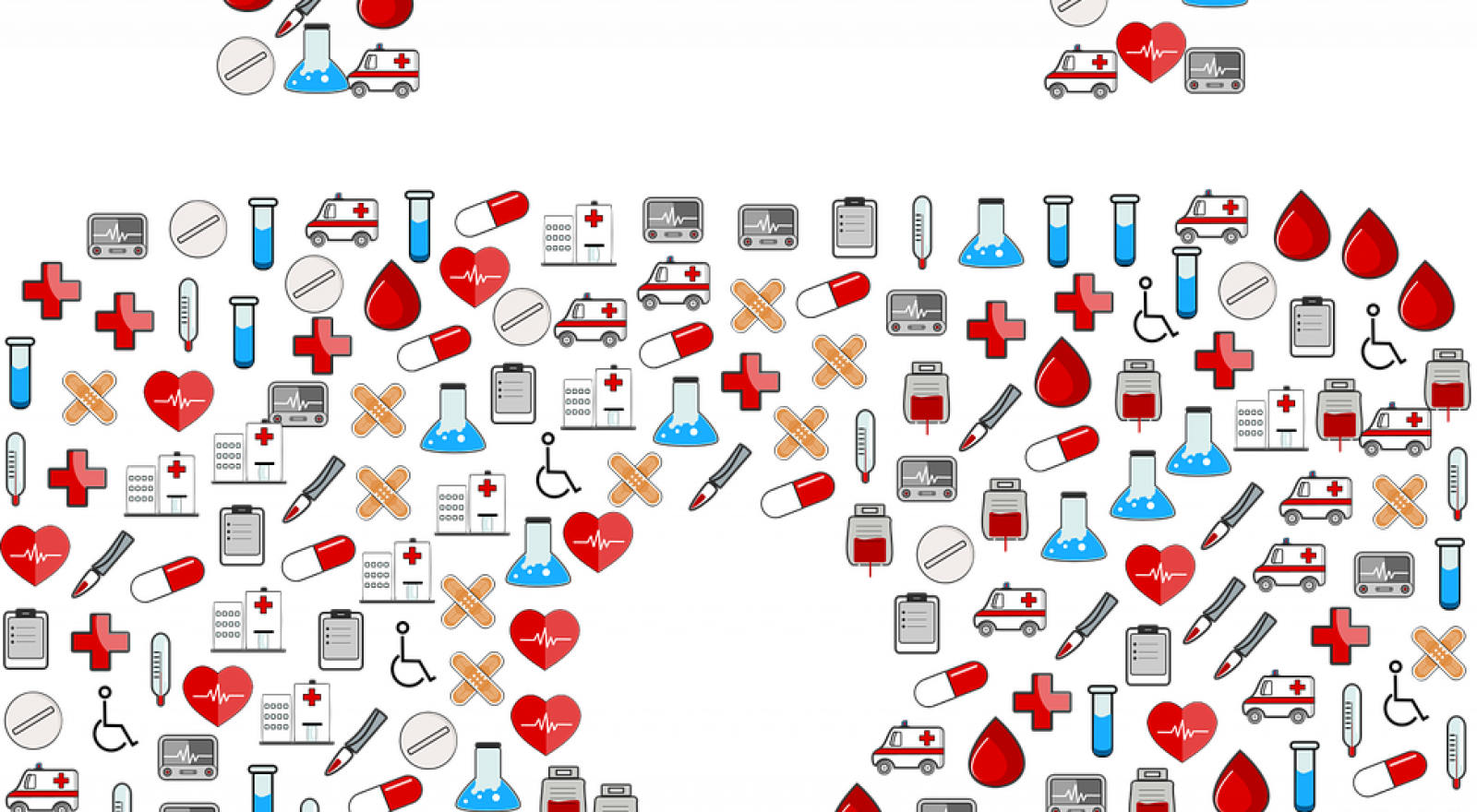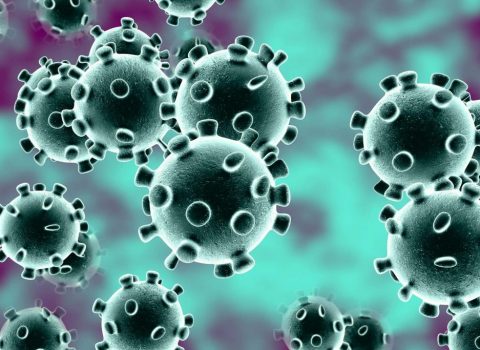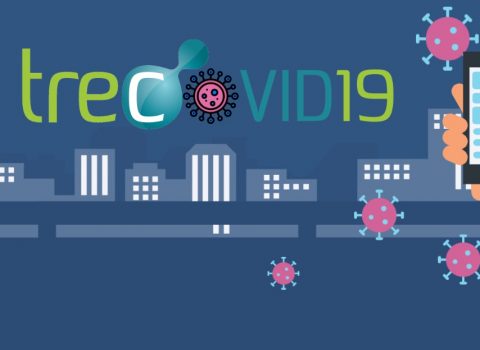
COVID-19 and digital communication in healthcare
The pandemic has pinned down both the pros and the cons of a revolution that involves relational aspects.
Monica Consolandi was invited to discuss the topic “Toward a Digitized Medicine: The COVID-19 Pandemic as a Disclosure of the Importance of Communication in the Clinical World” within the “10th annual Western Michigan University Medical Humanities Conference”, which was held online on September 25, 2020.
At the center of the conference are topics such as clinical ethics, history of medicine, medical anthropology, religious approaches to health, health narratives, health education, prospects for well-being. Consistent with the FBK Center for Religious Studies’ mission, Monica Consolandi presented her research on communication between healthcare professionals, patients and families in the time of Covid19. This kind of communication is mediated by technology but has a deep and esential human basis. Here is the summary of her conclusions.
The importance of communication between the medical team, patients and their families is a dimension that must not be forgotten even when mediated and supported by technology. It is a fact that healthcare is undergoing changes leading to digitization.
From a basic level with electronic logs, apps to help patients follow theirtreatments, telemedicine, to a more complex level with the use of AI in decision-making processes, medicine is changing, in line with the fourth industrial revolution. Actually, this transformation towards digitalization started earlier, with the introduction of advanced electronic tools such as CT scans, X-rays, UV radiation. So what is the difference between this type of tools and recent improvements, that has triggered such a heated debate? The most recent innovations concern the clinician-patient relationship itself, while the others are purely supportive.
Due to its emergency nature, the COVID-19 pandemic violently disrupted the linear process of digitalization, pinning down both the pros and cons of a revolution that involves the relational aspects. In the most severe phase of the epidemic, everyone was banned from visiting patients, with the sole exception of health workers; families thus found themselves separated from their loved ones. The new communication technologies have come in handy: using tablets, smartphones and video calling apps, the effort to keep families in touch has been successful.
Once again, digital tools proved essential. However, communication between healthcare professionals and families has been more complicated to manage due to its informational purpose, which is completely different from the conversational one of the patient-family relationship. Almost every day, doctors and nurses dedicated a virtual information session to the patients’ families: it was a challenge for both parties, a moment of communication through the telephone line stripped of its pragmatics, which relied exclusively on semantics. It was slightly different for virtual medical examinations: they allowed doctors to take care of their patients remotely, but not without relational hurdles in managing this new way of communicating.
These two cases reveal the usefulness of new technologies but also their limitations: there is a human component in the clinician-patient relationship that cannot be dismissed and must always be present. This component is the communicative dimension of the relationship: the healthcare professional-patient relationship is not only clinical, but also and essentially human, and must keep in mind the communicative aspect of a process that we hope will never be completely automated, but always, at least in part, based on the humanity of speakers.



